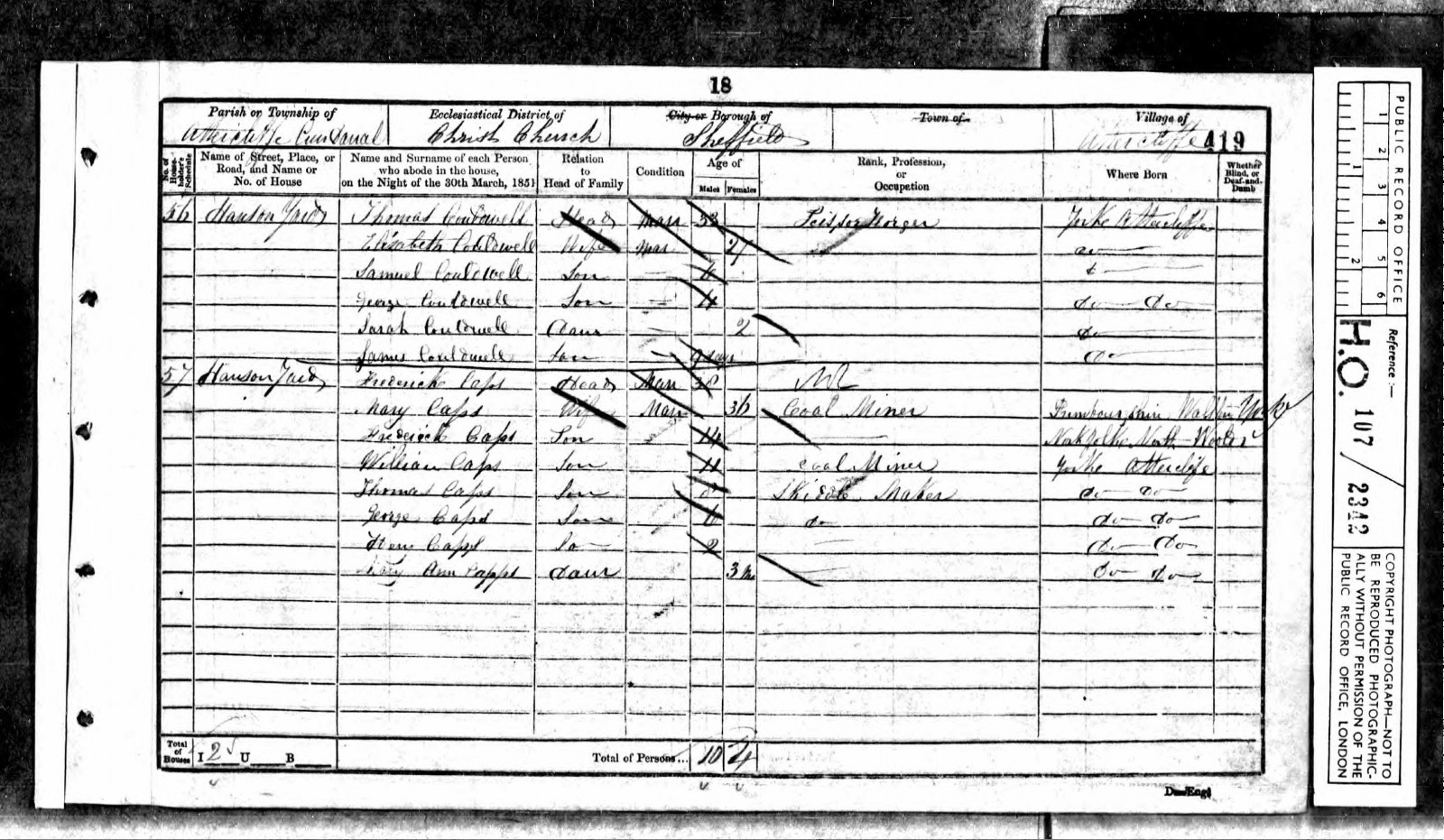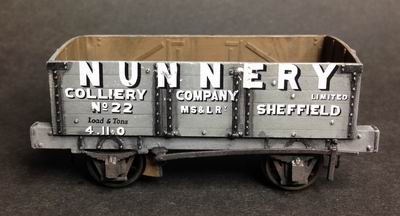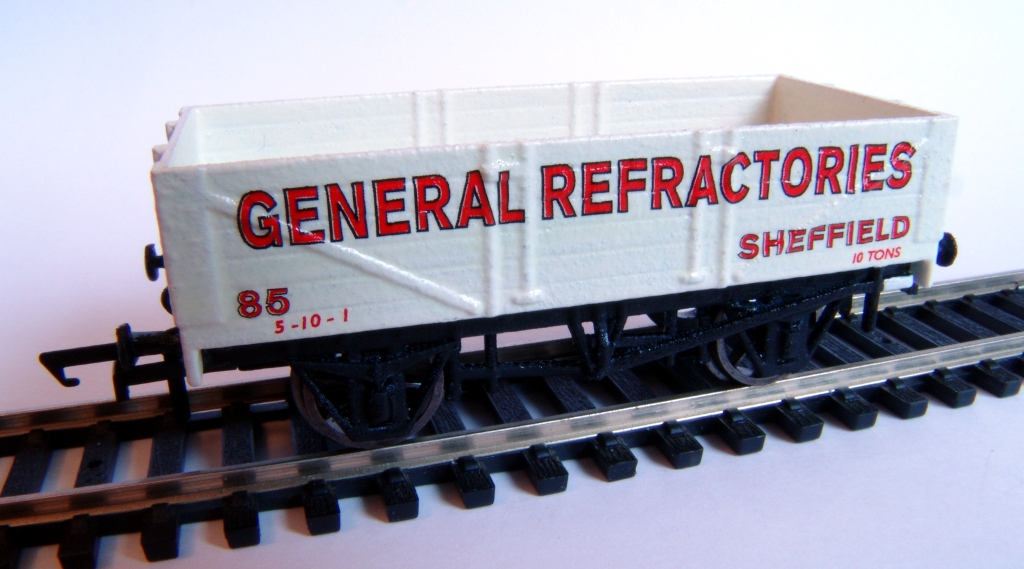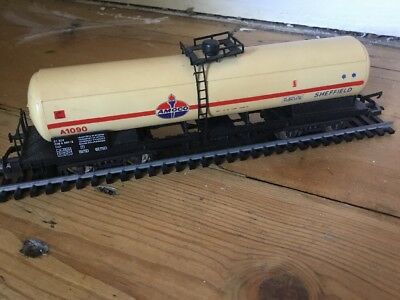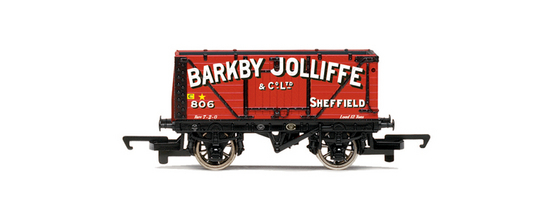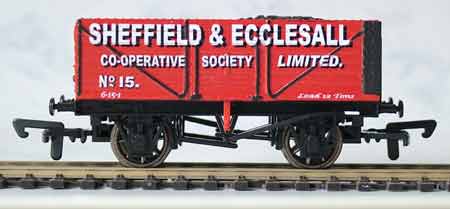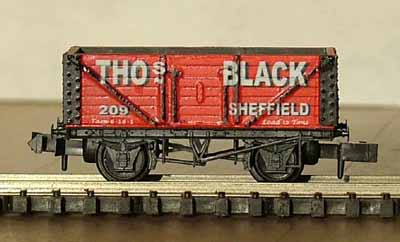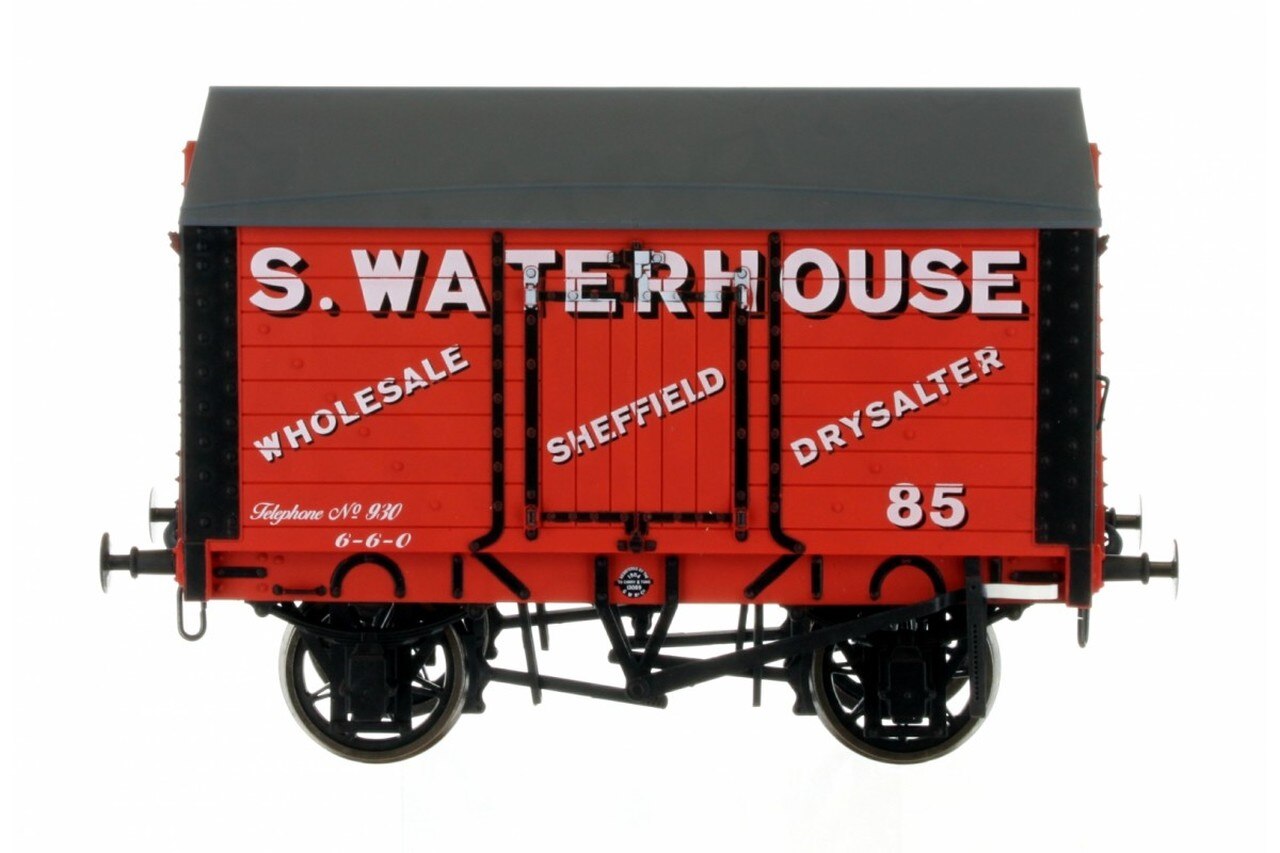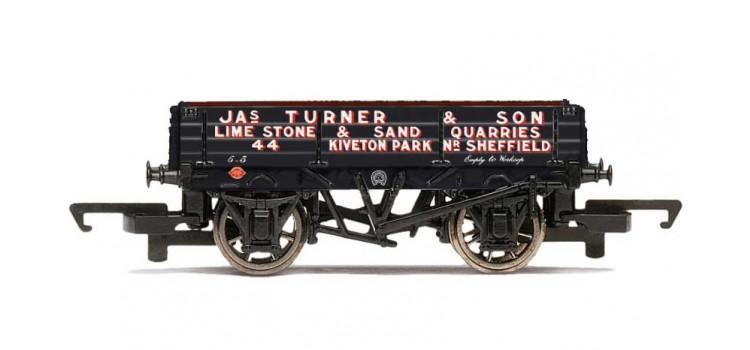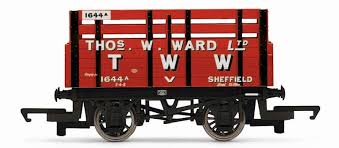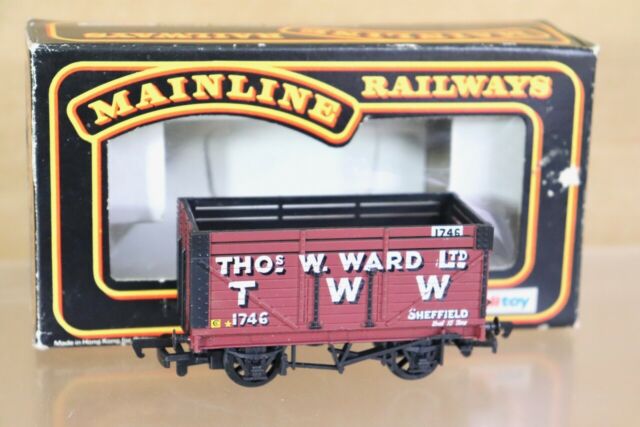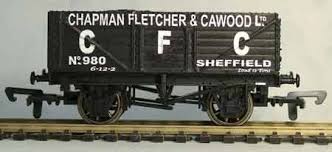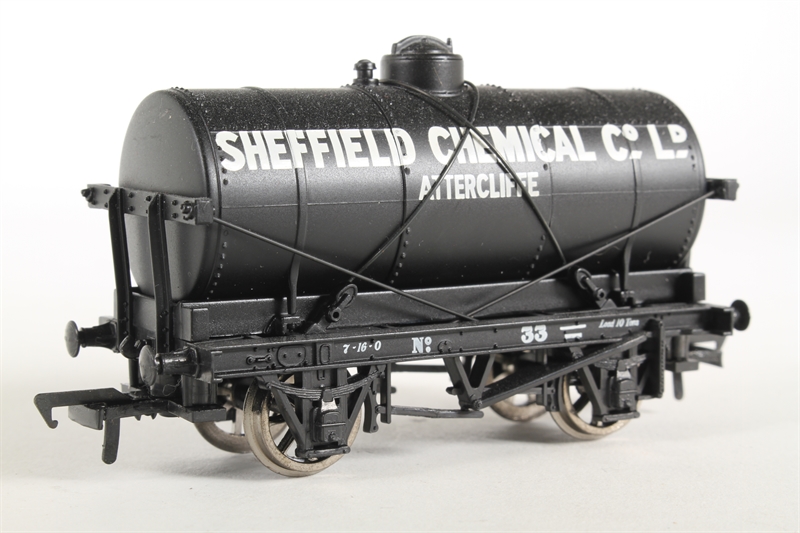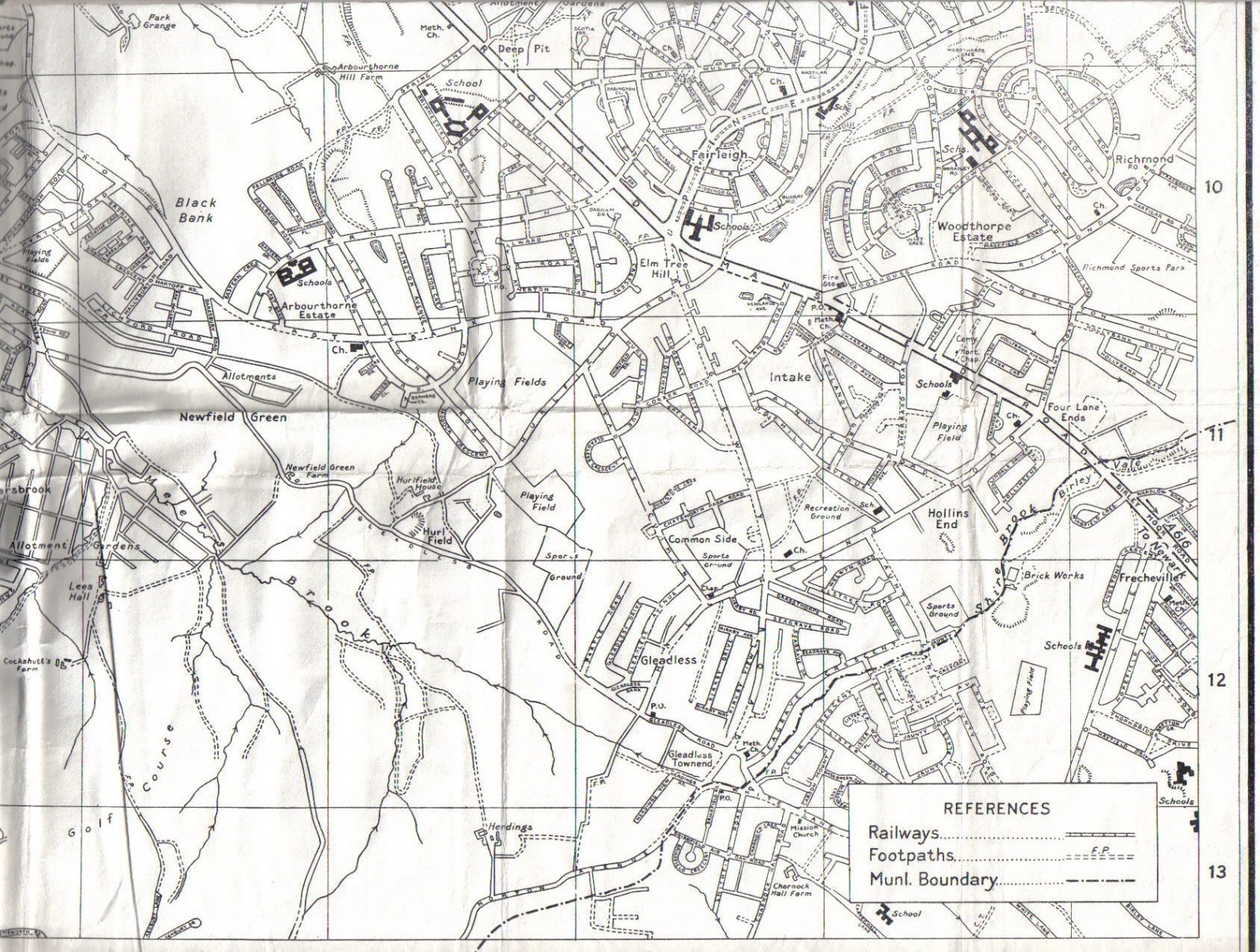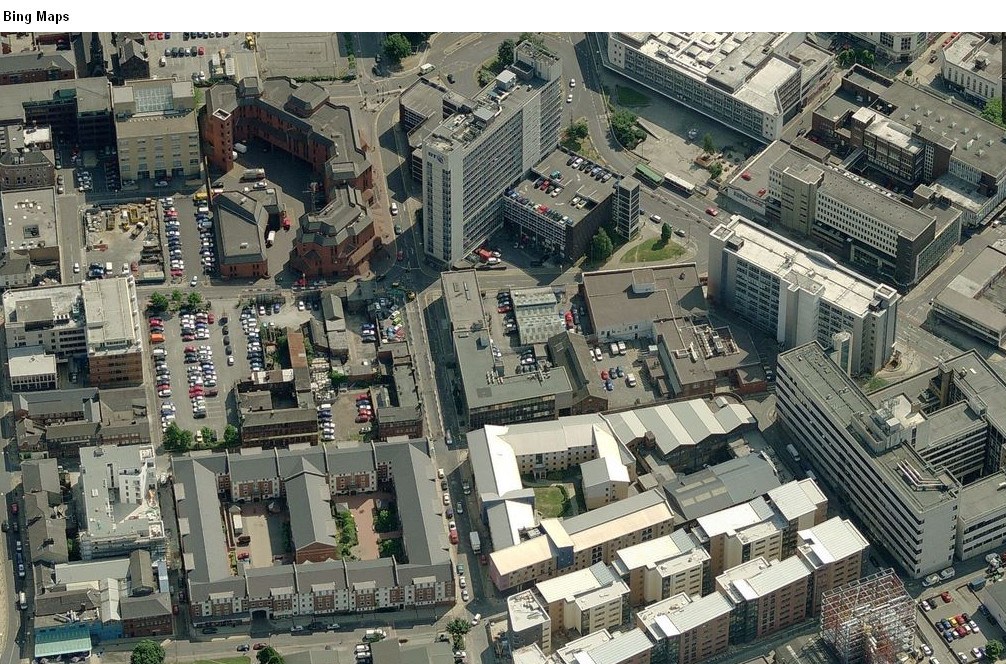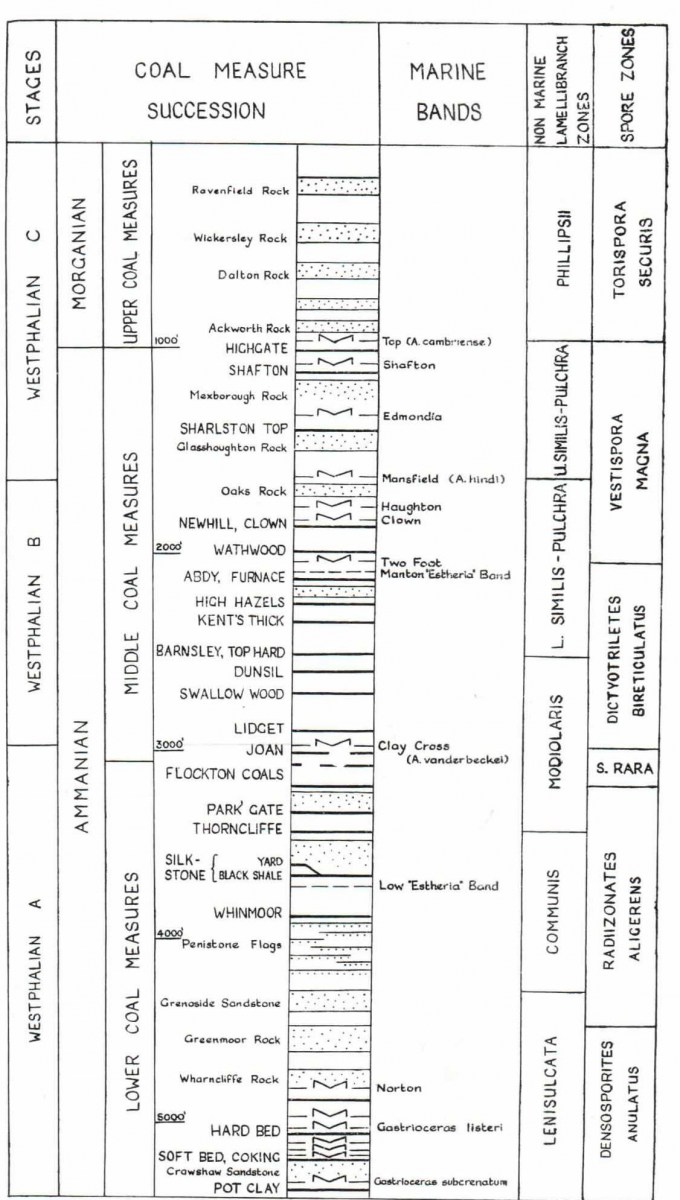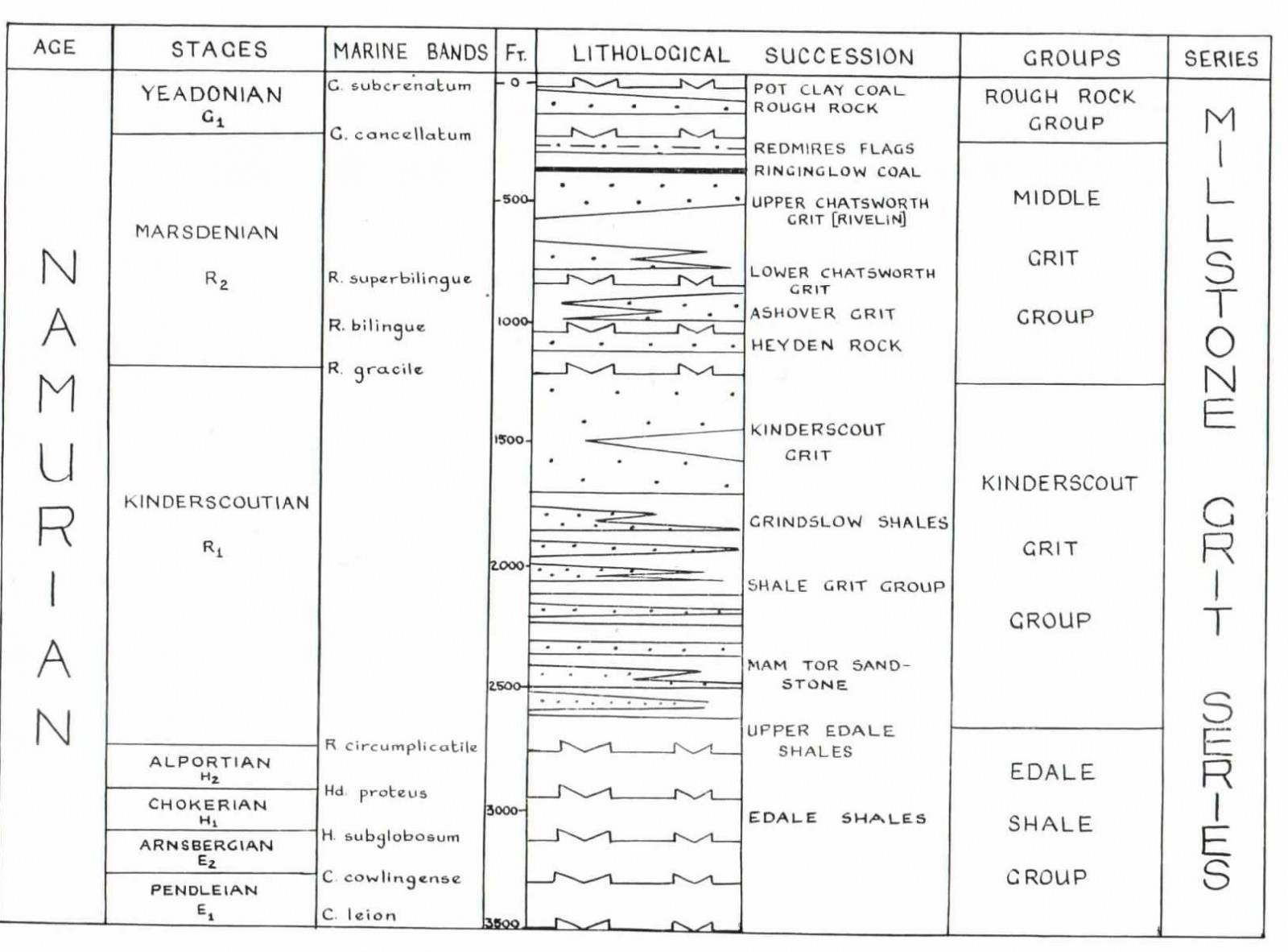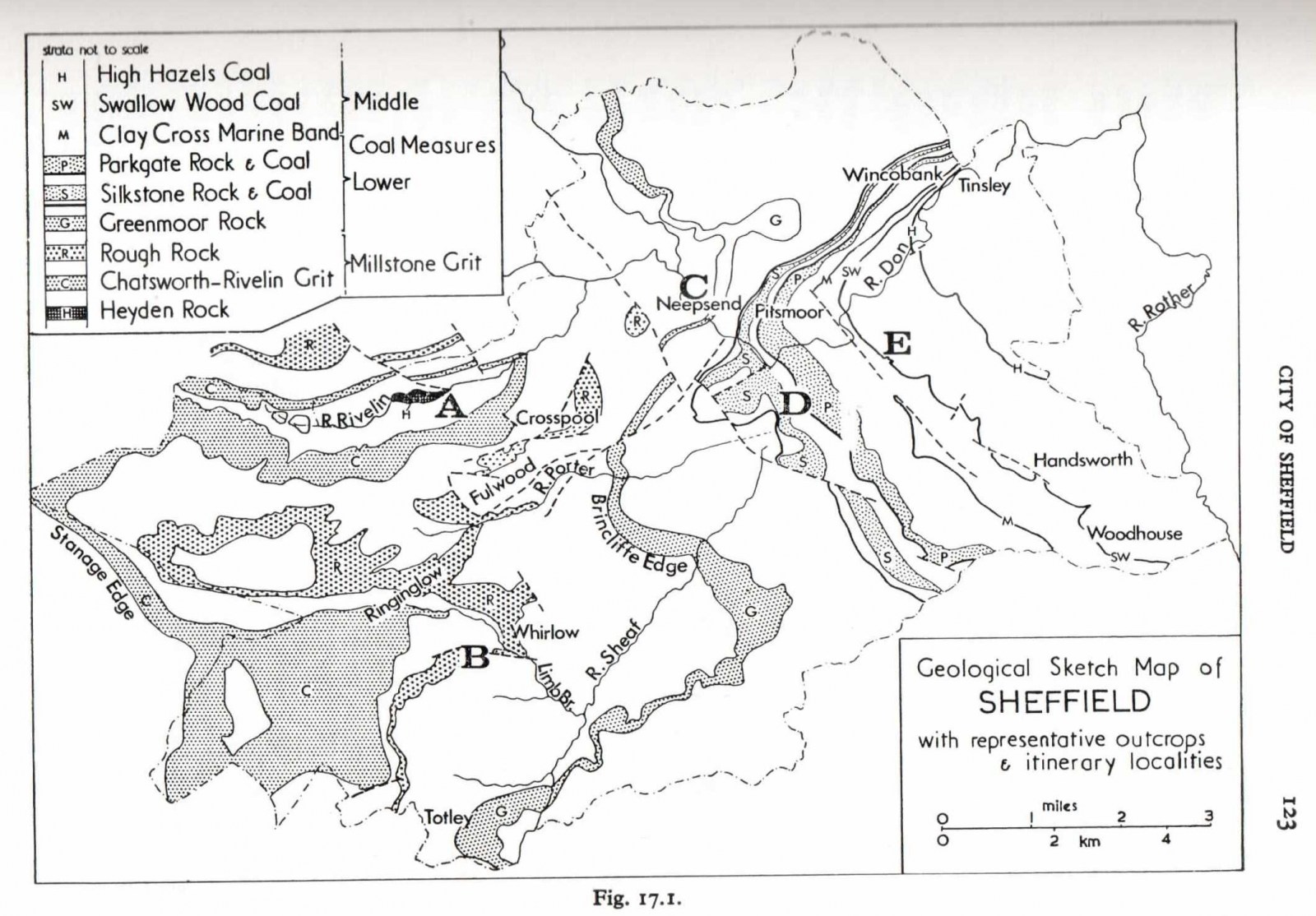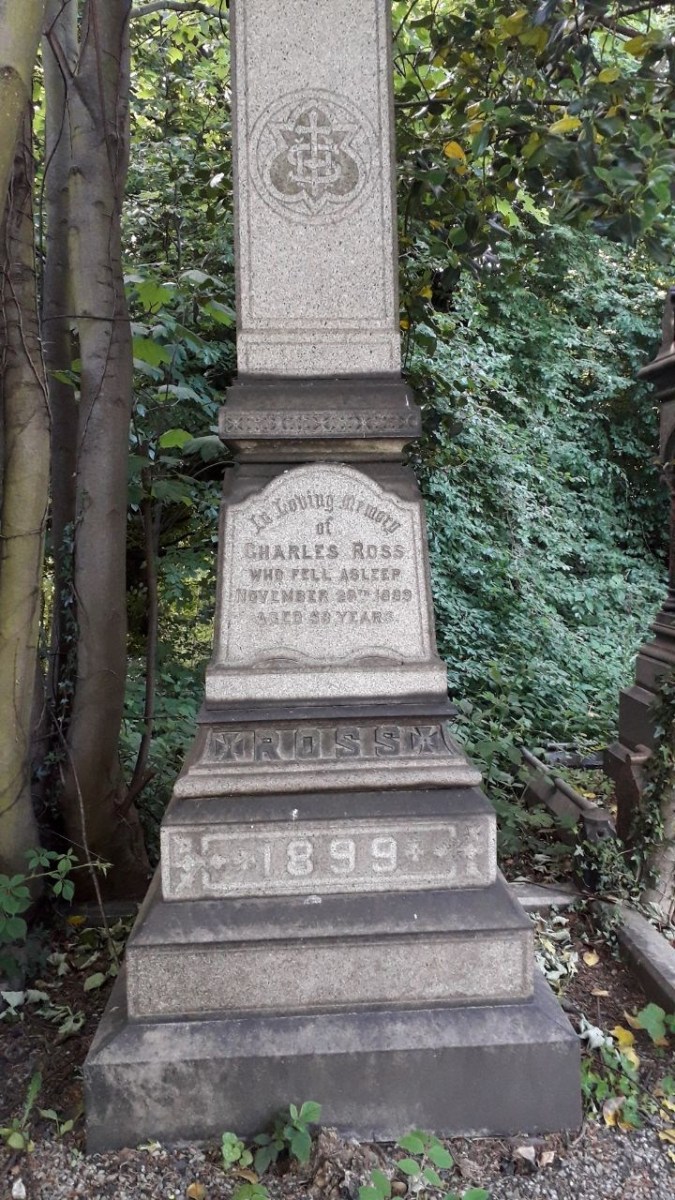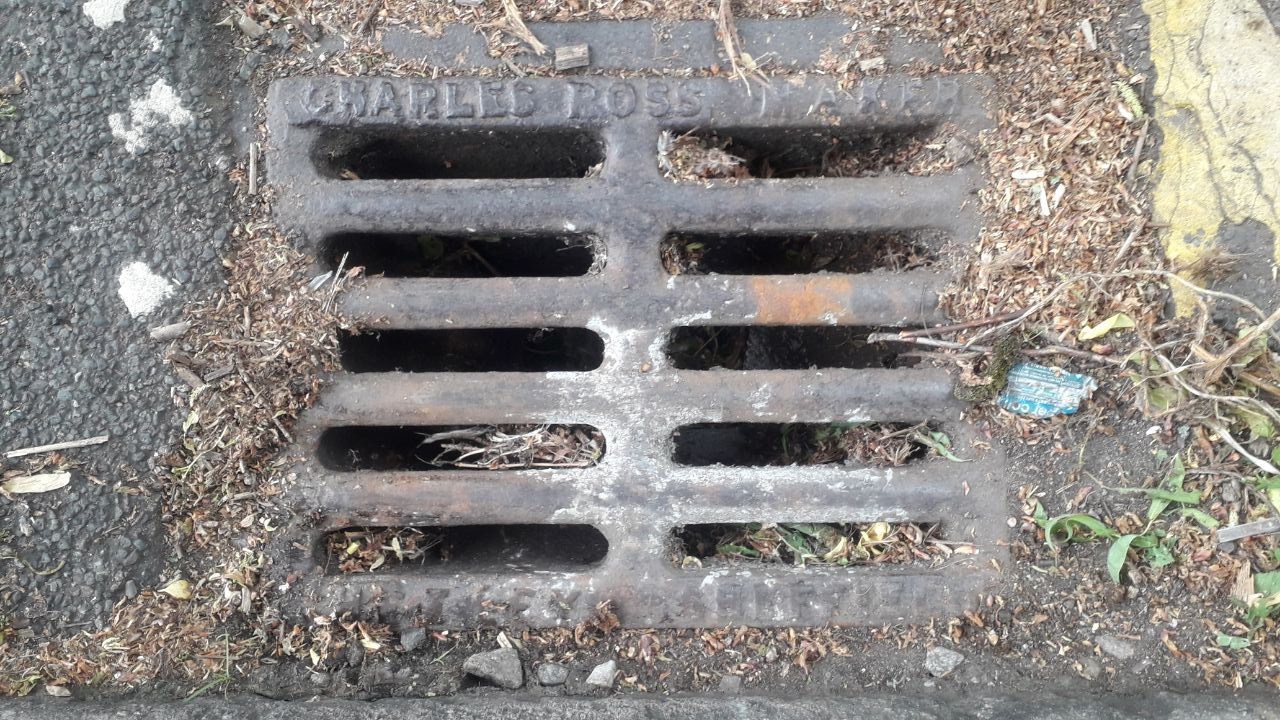Search the Community
Showing results for 'coal pit lane'.
-
Hi Some further news. I have received the 1949 death certificate for John Rose (as identified by Edmund) and it is the correct one with more information. He died 22/10/1949 age 76 and his occupation as Licensee. Cause of death cardiac arrest and chronic bronchitis. Reported by his widow Alice Rose (nee Cheetham) and the address is the Wellington Inn, Westgate, Rotherham! So at least 20 years as a licensee. It was operational from 1909, a Bentley pub to start with and closed in 2011. It is now a Dance Studio and the pictures show a fine Edwardian building. I have not found any further information. It looks as though I'll have to await the 1921 census release to find out what he was doing after the move from Hasland, still only 15-months to wait. Still some more to do re is first 2-year marriage in Hasland. Re the Cheetham family. The 1901 census has a Henry Cheetham listed as publican 52, Fitzwilliam St. The Forge details show Alice being born in 1898 which fits the profile. Haven't been able to look at relationships in detail and I have struggled with them. Alice's father Hiram was recorded as alive n 1936 when she and John married. He was said to be a coal miner (hewer).
-

Model wagons of Sheffield are they real?
History dude posted a topic in Sheffield Buses, Trams and Trains
I have found 14 model railway wagons (though two are different makes of the same wagon) that appear to represent real wagons owned by Sheffield Companies. But did the real life wagons actually exists? Or where they made up rather like the Redgates Wagon made by Hornby (see Redgates thread). If each of the companies represented did exist, did they use railway wagons regardless of the model status? If the wagons were real, what date period are we talking for each? The companies: 1 Nunnery 2 Ketton Cement 3 General Refractories 4 Amoco 5 Longbottom & Co 6 Barkby Jolliffe 7 Sheffield & Ecclesall 8 Thomas Black 9 S Waterhouse 10 Jas Turner 11 Thomas W Ward 12 Chapman Fletcher & Cawood 13 Sheffield Chemical Co (Attercliffe) With the exception of Oil and Chemical and Lime Stone & Sand, most of the wagons are for coal. This maybe not what the companies trade was. Just the fuel they used. -
In an earlier review of Hospital requirements it was proposed to build a new hospital for the south of the City. 190 acres of land was acquired at Coal Aston under the Public Health Act of 1875 and, in a strange twist of fate, the proposed Sheffield Airport was then planned to be built there. By 1933 priorities had change...and the War intervened . Neither was built...the land being used for municipal housing. As an aside, the Northern General is a rambling "Ponderosa"...confusing to the occasional vistor and guaranteed to increase blood pressure if attempting to park a car!😉
-

Where to find late 1960's OS Maps large scale?
DaveH replied to History dude's topic in Sheffield Maps
Looking at Neddy's maps I can only go on the last one which is an area of Sheffield I know well. The Arbourthorne estate is complete, built in 1935 -38, and it includes the 2 cul-de-sac streets Algar Drive and Algar Place which were added in 1946 to accomodate the post war emergency housing programme prefabs, so the maps cannot predate 1946 Notable ommisions from the map include the Norfolk Park estate (1965-66), The Central Technical School / Ashleigh building (1961), Brimmersfield Close on the site of the old coal tip (1958) The Herdings estate (1959), Hurlfield Boys school (1956) and the Arbourthorne site of Hurlfield Girls school (1954) This would date the map to the 8 year period 1946 to 1954 -

Sheffield and the Slave Trade: Black Lives Matter
duckweed replied to Jim2000's topic in Sheffield History Chat
I have picked up in my studies another person involved in the slave trade who lived in Sheffield and became rich from it and that was Edward Bennet, who lived in Coal Pit Lane and who built a sugar refinery. His sugar came from Liverpool, but he is also listed as an investor in a slaving ship along with Thomas Staniforth. His became a preacher and built a Chapel at the same time he was importing sugar from Liverpool. His father was an early Methodist and friends with Whitefield one of the leading abolitionists. So one wonders what the conversations were like in their family. When Edward died his estate went to George Bennet who became a clergyman, a missionary and an abolitionist and was a founder member of the Sunday school movement in 1813 together with James Montgomery. It is said that George Bennet was a big influence on Mary Ann Rawson, of Attercliffe and Wincobank. -
If you look carefully they carry a sign saying they are the responsibility of the Coal Authority.. As a local I was informed they were to vent any build up of gas from the long closed Holbrook Colliery upon whose site hundreds of new homes have been built over last 20 or so years.. Incidentally, parts of the area were also "blessed", for a time, with a build up of radon gas.
-
If the housing was "back-to-back" with a coal cellar, I would think the rear houses would also have a coal-chute. The last "back-to-back" in Sheffield was put up in 1864.
-
Am i right in thinking that the coal Shute going down into the cellar would be located on the front of the property? The dig site on Bing Maps.
-

The blue 'police box' next to the town hall
fentonvillain replied to Sheffield History's topic in Sheffield History Chat
How wrong can you be? The police boxes of Sheffield were built and put to use over a number of years in the first half of the last century. (From 1928 onwards) It's a great shame they have all disappeared except (I think) this one. Even the modern substitutes such as that built in 1963 on Infirmary Road or the quite large "section station" at Parkhill Flats have been sold off. I was in the Force on the cusp of that modernisation and it was a huge relief to be on one of those beats. The new "boxes" had heating and a small stove as well as a proper table and chairs. The old boxes had a bench, a stool and a small almost useless coil-stove (that's Coil as in electrical heating not as in coal-stove !) . You put your mashing can on those stoves at about midnight and if you were lucky the water would be hot enough to make tea about 2.30am. If you were soaked with rain or snow you stayed wet and cold! But you were only allowed to be in the box for four minutes each hour, or for 45 minutes for meal break...or when writing reports or dealing with a prisoner. Fearsome beat sergeants would be in wait if you lingered long! I have an essay, "The Beat Book" about bring a Probationer PC in Sheffield in 1961, which has been lodged with the Forum Administrator. Or it can be read by signing in to the British Police History website. -

Sheffield Victoria Train Station
History dude replied to Sheffield History's topic in Sheffield Buses, Trams and Trains
While I agree with a lot in what you say Lemmy117, the growth of the road system might have been altered due to the fact the rail companies were private business. It's likely that they would have been able to take on many of the private road haulers and even take them over. British Rail could have never done that. The eventual loss of the coal trade would have impacted operations. But the increase in home deliveries would have been a great boost to the private companies. When I worked for British Rail in 1977 at Midland, they had a lot of parcel traffic for the catalogue companies and even passengers would have noticed the blue BRUTE trolleys all around platform one. So I saw what railways could have done on the home delivery front. We have all seen the recent adverts on TV for Amazon showing warehouses and big trucks going in and out in large numbers. That would be perfect for the rail system. But those warehouses are not built with rail links. And if cost factors come into it, it's cheaper to send the lorries content by rail than it is by road. Even sticking the lorry on the back of a train loader and linking them together could see 30 of those big trucks pulled by one very efficient engine doing upwards of 70mph. I would like to see 30 Amazon trucks all doing 60 mph on the A57! -

Sheffield Victoria Train Station
Lemmy117 replied to Sheffield History's topic in Sheffield Buses, Trams and Trains
Seems no one has anything to say on this, so here's my take on it. Assuming World War 2 hadn't happened and the railways hadn't fallen into such a dilapidated state, and Labour didn't win the election, they Big Four would probably have survived, at least for a while. By the 1950's travel was changing, with an increase in road freight competition and the rise of the private car. Could the companies have competed any better than BR? Railways had to compete on a national scale as far as freight went, to keep the long haul stuff and let local distributors deal with the town areas. The trouble with the smaller depots like Darnall and Attercliffe was they were incredibly labour intensive, and costs were rising, so pushing the traffic onto the roads where fewer people were involved , hence lower costs. With the onset of containerisation new facilities would have to be built, but would each company want to go to that expense? Tinsley was already pretty redundant by the time it opened as the freight traffic had changed in just a few years. The electrification scheme started by the LNER would probably have been extended to London, there was originally a large order for the EM2's which was cut back to just seven, so it was obviously on the cards. How long the companies would have lasted is another matter, falling passenger numbers, falling freight loads, all due to road traffic, would probably have led to amalgamations and takeovers, and assuming the Government didn't get involved, we would probably end up with a couple of large private companies, like First and Stagecoach. Non profitable routes would have to be cut (just like local bus services are these days), so some rationalisation would be inevitable. It's difficult to say if Sheffield Victoria would still be with us today, there are so many variables, remember its staple traffic was coal, and that's gone, passenger numbers from the intermediate stations wouldn't be high enough to keep it viable so we are left with just the through traffic from Sheffield to Manchester. The alternative via the Hope Valley has the stone and cement traffic to keep it viable, so the Woodhead would probably been closed, but probably not as early as the 1980's. It's all conjecture, and others may have a different take on it. -
This is a transcription of an autobiography, typed by Joseph in 1927 when he was 81. Much of it was included by Jack Branston in his History of Stocksbridge but this is from Joseph's original book and contains other material not included there. The autobiography contains details on Hathersage, Stocksbridge, Deepcar and the Fox works at Stocksbridge, and provides a few personal recollections of individuals as well. Joseph Sheldon: Reminiscences. 1845 - 1927 Early Days 1. The writer of these pages was born at Booths, Hathersage, on September 28th, 1845, being the sixth son in a family of eight boys and one girl. Parents were Mary and Joseph Sheldon. The father and two sons were Millstone Makers, which was an unhealthy trade; its workers as a rule died young. My father, at the age of 55, died, leaving a large family. Our mother died at the same age. Hathersage, 70 years ago, was an interesting and beautiful place, as it is at the present time. Food, except what the local farmers produced, had to be brought from Sheffield and other places, carriers, carts & horse ‘buses were kept busy, also there were many market carts. The coal required by the householders and manufactories had to be brought by horse and cart from Dore, Dronfield and other places. For many years, Hathersage was a very prosperous little village; besides Millstone Makers, there were three industries., Joseph Cocker & Son., Robert Cook & Son, and Tobias Child. The business was that of wire drawing, Hackle pins, Needles and other articles made from drawn wire. Robert Cook & Sons used to take wires to Padley Mill to be ground – the grinding mill stood near the present Midland Station, Grindleford Bridge. It is claimed that this was the first wire drawing mill in England. There were two other wire mills in Hathersage at that time; one in the middle of Hathersage, owned and used by Cocker Brothers, the other at the top of Hathersage. Both these mills were in active work when I was a young boy. I soured wire at both the mills at the bottom of Hathersage. This process consisted of scouring wire from a black to a bright state. The material used was burnt sandstone, crushed to a fine powder and mixed with oil, a portion of which was placed in a pad of rough flannel or old stockings made into a pad, which was gripped firmly in the right hand and rubbed backwards and forwards on a length of about three feet, then wrapped on two pegs in front of the worker. This operation continued until the whole length was scoured. Wages, two or three shillings a week, for a boy of nine or ten. Perhaps School days should have been mentioned before working days. At that time, there were two schools in Hathersage. The “Dame School” was conducted by the Aunt of Mr. Cresswell, who was the Master of the Upper School. The “Dame School” was held over the Hearse House, near the bottom of Hathersage and near to the Upper School. When attending the “Dame School” I remember that I wore a blue pinafore with white spots. Once when crossing the road near the Wesleyan Chapel, I was knocked down by a passing vehicle and was carried to the School Master’s House, near by. It was a very interesting day for the scholars when the Bread Cart came from Bakewell with loaves of bread for distribution amongst the poor people who were having parish relief. Many times these loaves were brought to the home of the writer. It was a great occasion when transferred from the “Dame School” to the Upper School. Not only boys but young men attended the Upper School during the winter months, principally farmer’s sons, who gave much trouble to the master. On one occasion, something very interesting passed through Hathersage which was followed by a number of the scholars, on its way to Castleton. These scholars returned late to school, which meant severe flogging by the Master. During the flogging, a scuffle arose between the teacher and the older scholars; the scholars resenting the punishment results. I well remember seeing the teacher and scholars down on the floor. The junior scholars escaped punishment. Although the master was a tall man, I made up my mind to have my revenge when I was big enough. School days, for the writer, were neither numerous nor pleasant and I often played truant, preferring to wander in the fields rather than lessons and cane in school. Hathersage boys, of which I was one, were much given to fighting in those days, often with one hand fastened behind. In order to see a fight, one of the bigger boys would hold out his arm and say “best cock spit over my arm” meaning that the boy who ventured to spit was considered champion if no one else followed, but usually a second boy followed and a fight was the result. One dreadful practice in some of these fights, was that the fighters were allowed to nip, scratch, lug or bite. In one of these fights, the writer received a severe thrashing from a little Warwickshire boy, who held his opponent’s head down while he gave the thrashing. When the dams at Redmires were bring made a number of the boy walked there from Hathersage on the Sunday afternoon, instead of going to Sunday School. On their return, one of the boys remembered his sins and was afraid to go home so he stopped in a corner of a field and said his prayers. He has often pointed out the place to his friends when visiting Hathersage. In those days, “Winter” was a time dreaded by the outside workers, especially the Millstone workers, when the frost was in the stone. My father and two brothers often were out of work for one, two or three months, except removing snow from the drifted-up roads in payment of the rates, also for the same purpose, the writer and an older brother walked three or four miles in the direction of Ringinglow to break stones at threepence per load. These were indeed “Hard Times” when the principle meal of the day consisted of potato and turnip pie, with oatmeal crust. I well remember one day, my mother saying that the one who was working must have the food and his dinner was several squares of Yorkshire Pudding with sauce, which I took to him at the wire mill. I also remember seeing the furniture marked and removed from the house until the rent could be paid, although the owner of the house was a relation. It was a great treat to have the opportunity of going an errand, or doing some little thing for a neighbour and receive a slice of bread and treacle or jam as payment. There were two “Saturday Pennies” in the family in those days, but a few years later I think I was the happiest boy in Hathersage when my Mother gave me two pence with which to go to Hope Fair, and this she borrowed from a kind neighbour. New suits for the younger boys depended largely on the Bilberry and Blackberry crops. My Mother, with several of the boys, would go to Bamford Bridge, Eyam Moor, Moscar and other places, sometimes more than three miles from home, gathering bilberries all day. When a sufficient quantity was gathered, they were taken to Sheffield,a distance of ten miles, and sold at 8d. per quart. I remember we usually turned off to the left at Hunters Bar going in the direction of Wesley College, and calling at the houses near there. The same was done during the Blackberry season but the Blackberries grew nearer home than the Bilberries. My Mother usually went, with one or two of the boys, to Sheffield to sell the fruit, walking all the way there and back. When sufficient money was got, suits were bought. This went on for many years. My Mother was one of the best and most capable women in Hathersage but under the above conditions it was no wonder that both Mother and Father were called Home at the early age of fifty-five and my great regret has been, that when I got to a position when I could have helped them, they were not there to be helped. Later, I was engaged by Mr. Henry Broomhead, Shopkeeper and Farmer, to do general work on the Farm. Leaving Home. Before I was thirteen years of age, I left home to live with Mr. Walker at Leadmill, where I remained three years as farmer’s boy, doing general work. I have always looked back to the years with Mr. Walker as a very happy time. My only special outfit for this, my first situation was a soft felt hat which had been my father’s and was right, however placed on the head. It was made in Bradwell by a firm of Hatmakers. During my stay with Mr. Walker, I learnt to milk cows, mow and thrash corn but my principle work was with the Horse and Cart., fetching coal from Dronfield and Holmsfield, taking wood from the Highlow Woods to these coal mines to be used as pit props. My father was taken ill the day I left home and in twenty weeks, he passed away. On the occasion of my father’s death, Mrs. Frith (mother of Mrs. Walker) gave me a black silk necktie and a pair of low shoes, which had belonged to her husband. Rather old fashioned for a boy of thirteen but were valued and worn by him. I had one difficulty here, as I had two mistresses and when in favour with one I was in disfavour with the other which made it impossible to please two mistresses. Mr. Walker was as good as a father and a true friend all the time I was with them. I always think of the three years at Leadmill as a foundation of a future healthy life. When at Leadmill I had on three occasions a narrow escape of losing my life. Once I was pulled out of the Derwent when in flood. Another occasion was the time of sheep washing. The sheep were brought from the moors and put in pens by the side of the river. I was one who helped to ring them to the washers, and possibly trying to be clever, I got on the sheep’s back, holding by its horns. Instead of the boy taking the sheep to the Washers it bounded forward in the water but was caught by the men before getting into deeper water and taken safely to land. I was wearing a pair of tight-fitting black cloth trousers and it was with difficulty I walked up the hill to make a change. I formed some very pleasant companionships with the farmers’ sons in the district, some older, some younger. Recently, I revisited the place and found some of my old companions still living, although more than sixty years since I had seen them. One family named Middleton who still live in the same farm and have lived under three Dukes of Devonshire; four brothers, their ages from 74 to 88; three are still working on the farm. We had a real Derbyshire talk when they knew I was “Joe Sheldon”. Other old associates were visited with equal interest and pleasure and we agreed to have a tea party when next I visit Leadmill. When in my sixteenth year and only having £8 a year, I was anxious for a situation with more money, but always made Mr. Walker’s my home when visiting Derbyshire. Coming to Yorkshire. At that time, many farm servants were hired at the hiring fairs which were held at various towns, Rotherham, Penistone, Bradfield, Hope., etc. It was very interesting to see the young men and women waiting to be hired. On May 13th, 1861, I formed one of that company and was hired at Hope Fair by Tommy Crawshaw of Park Farm, Deepcar, for £9 a year. In a few days after the engagement, I presented myself at Park Farm. The first Monday after my arrival there was Whit Monday which has always been a holiday. When I was told by Mr. Crawshaw to go and work in the garden and hearing the Band playing in Fox Bottom (Stocksbridge) I broke down and wept and could not eat any breakfast. Mr. Crawshaw’s Mother followed me into the garden with some oatcake and cheese and told me if I could not eat I could not work. I gave Mr. Crawshaw a month’s notice but he said I should have to stay a year as he had given me the “fastening penny” which was sometimes a shilling and sometimes more. On the morning when the month’s notice had expired I told Mr. Crawshaw I wanted my month’s wages and he told me I should not get it. I told him I should take him to the Court in Sheffield; he said the case would have to be tried in Barnsley. I went several times to ask for the money but have not got it yet. There lived at that time at Low Laith, two men both old enough to be my father, G.H. and E.D. These men got me to gamble with them at the game of “Odd Lad” a game in which it is very easy to cheat, so they got all my money and left me, a stranger in a strange land, without a penny. During the month’s notice, I went to see Mr. Joseph Crossland who lived at Morehall. He had three farms, Broomhead, Wood Farm and Morehall. He was brother-in-law to Mr. Walker, my late master, they having married two sisters. Mr. Crossland often visited at Leadmill so I knew him well. He took to me kindly and started me as one of his servants. I went to Morehall the morning I left Mr. Crawshaw. Mr. Crossland gave me a flask of home-brewed beer a large teacake and bacon, and directed me to a field behind Broomhead Hall, close to the moors to help in clearing away the twitch. I was very happy during the six months I was at Morehall and learnt to do more advanced farm work, also part of the time, I delivered mile daily in Sheffield, mostly at the Union Workhouse, Corporation Street. At the age of sixteen Mr. Crossland asked me if I could manage three horses on one machine in a fallow field. I told him I thought I could, and I did it on the Morehall farm. Sometimes, I worked on the Wood Farm, and, in the haychamber – there I wrote my first letter, which was to my Mother, who lived in Hathersage.there lived in the house at Morehall, the Horseman, the Cowman, and the writer, who was expected to take many parts. We three sat at a long table against the wall, near the door; three pots of home-brewed beer were placed on the table for us, varying in size according to our ages, also bread and a brown dish containing dripping. We were expected to help ourselves, which we did but got tired of the never-failing bread and dripping. We tried to bring about a change by eating up all the dripping, but to our disappointment there was a fresh supply next day. When living with Mr. Crossland, I exchanged my clothes box, which was a new one, for a double-barrelled pistol with Johnny Grant, the Horseman. There were a number of plum trees at Morehall and one Sunday afternoon some boys came from Deepcar to help themselves. They were caught and brought into the house, and Mr. Crossland said he would let them go if they would kneel down and ask his pardon, but I retired before the kneeling-down process began. Leaves Morehall for Townend. Having heard that Mr. Fox of Townend House wanted a boy about my age to live in the house I made application for the situation and had an interview with Mrs. Fox. Mr. Crossland gave me a character written on a scrap of paper which was not even in an envelope which said – “Joe was a good lad” – if it were possible now to choose between that scrap of paper and a £5 note, I would choose the scrap of paper. I came to Townend on December 2nd, 1861, and walked all the way from Hathersage. This walking seemed to make a good impression as young Mr. Fox came out of the room to see me and to congratulateme on having walked such a long way. My wages were £22 a year and one new suit of clothes and one long silk hat and a pair of white gloves, which I wore when riding by the side of the coachman when he was driving with the carriage and pair to Ebenezer Chapel on Sundays. Sometimes, I took the two maids in the Dog Cart to the same Chapel on Sunday nights. For several weeks I did not like the new situation and did not think I should stay. Mr. Fox was a very severe master and very hard to please. The coachman, George Ellis, had allowed one of the horses to run away with the Dog Cart. When the bill for damages came in he sent for the Coachman and discharged him at a minute’s notice, at the same time taking a kick at me and saying “Thou will be next”. My first work in the morning was to fetch the letter bag from the Post Office at Deepcar, kept by Thomas Turton. This was before 7 o’clock. Often when going up the field near to the house, Mr. Fox would be standing at the Kitchen door waiting for the bag. I had to deal with the letter bag later in the day. Letters from the Post Office and this letter bag, at that time, were taken to Sheffield by a man called Tom who had only one arm. I was often kept waiting at the works for the bag till it was time for me to be at Deepcar and had to run after the man sometimes into the Bitholmes before getting up to him. Another duty was to take dinner from Townend to the works for Mr. & Mrs. Fox. Sometimes, I went on the back of young Mr. Fox’s pony. At that time, what it now the Council Offices, was a stable in which I put the pony. On one occasion, I placed the basket containing the dinner, on top of the a wall inside the Council yard. An old man, called Chapell, who owned a donkey, lived near, and the donkey, evidently attracted by the dinner, came along and upset the basket and contents whilst I was putting the pony in the stable. The Horses from Townend were taken to be shod to the Blacksmith’s shop at Wharncliffe side, kept by Mr. Thomas Nichols; returning from there one dark November night on the back of the pony, and passing the rocks at the far end of the Bitholmes, suddenly the pony jumped on one side to allow a vehicle to pass which I had not seen, as at that time, it was not compulsory to have lights on vehicles. Mrs. Fox was very strict but very kind and took an interest in me. Apart from any actual work, she gaveme lessons in writing and for one lesson I wrote out the shortest psalm. She also provided me with books to read. One which I remember was “Old Humphrey’s Country Stories”. On wet Sunday nights, she would come to the Kitchen and give the maids and the boy a Scripture lesson. I remember one lesson about Noah. Before this time, Mrs. Fox had been a teacher in Ebenezer Sunday School. I look back to this time and to the interest, Mrs. Fox took in me, as the beginning of my desire for self-fulfilment. I joined Mr. Robertshaw’s Bible Class and in March 1864 (The Sunday before the Sheffield Flood) became a Sunday School Teacher and taught in the infant school with Mr. Hepworth. Jonathan and George Jubb were two of our scholars. I passed the London examination for Sunday School Teachers in 1875. The Mutual Improvement Society was a great institution and was a branch of what was known as the Yorkshire Mechanics Institute. I entered the Institute as a dull boy and became its secretary. It usually had two examinations, Higher and Lower. After several attempts I passed the Lower Exam. And two years later passed the Higher. When going to breakfast one morning and passing Mr. Robertshaw’s house, he came to the door with a document in his hand and said to me “They have made a D.D. of you”. The document contained the exam. results. Advanced classes in French etc., were taught by Miss Figg, afterwards Mrs. Brierley. Many boys, young me, and men no longer young, were attracted to the classes provided for self-improvement. The results were very great and far reaching, giving many young people a start in life which they would otherwise not have had. Mr. Robertshaw was the life and soul of the work; he had the task of bringing young men under his influence. His work was a very great asset to Stocksbridge and the result of his work is still with us. At the end of two years at Townend, which, on the whole had been a happy time, I told Mrs. Fox I would like to go the works and learn a trade. Mrs. Fox said they had been thinking about putting me in uniform and I was to become a footman to young Mr. Fox but she agreed for me to go to the works. My first job at the works was in the hot sheet mill, doing the work of a (Catcher) which was to stand behind the rolls with a pair of tongs and catch the out-coming piece of sheet steel and carry it down the mill. I did not remain at this work very long but went to work with Matthew Booth, a Mill Wright and after that to Thomas Herbert who had charge of the Steam Engines and heavy machinery. Here I was bound as an apprentice to engineering to serve till I was 22 years of age. At that time, there were only two others serving in that capacity. Nathaniel Crossland and John Whittaker. Before my apprenticeship had expired, I became a married man, my wages being twelve shillings a week and overtime. Meeting Mr. Fox one day in the yard, I ventured to ask him if he could advance my wages. His question was “How much hast thou”? I replied “Twelve shillings a week”. He said “I only had nine when I was an apprentice”. He told me to go and tell the cashier that I was to be paid fourteen shillings a week. Apprentices after this received 14 shillings a week in their last year. A few years after I was out of my time, Michael Cardens’ health failed and I was expected to carry on when he was absent from the works. The Engineering Department like other parts of the works, had increased very considerably. After several years of ill health, Michael Cardens passed away and I was appointed his successor. I had full charge of what was known as the Light Engineering Department. This gave opportunity for improvements and the introduction of new machinery. One day when Mr. Fox had been going the round of the works he sent for me into his office and told me to go into the Rail mill and see if I could not devise some method whereby there would be a reduction in the number of me employed in handling the hot rails and billets as they left the rolls, three of four me would pull the hot rail or billet to the hot saw to be cut into lengths. I at once devised a method which released two or three men. After being in charge of the Light Engineering Department, Thomas Herbert passed away. Then I was given full charge of all the engineering at the works. When my,position became more important I again ventured to ask Mr. Fox for an advance in wages – he held up his hand and said – “Leave that to me” – so the wages question after that was left to him and his successors. At the end of 45 years diligent service I expressed a wish to retire and left the works in 1907 with feelings of regret, both on my part and on the part of the man with whom I had been so long associated. I always had a desire to see foreign countries but had not the opportunity before retiring from business. So in March, 1907, I went to Palestine and Egypt, then the year later a trip round the world. Several times since then to Canada, also to France and Belgium, and then had my 81st Birthday on board the Montroyal on my way to Canada. Since my retirement, much of my time has been spent in public service and at the present time, 1927, I am still a Sunday School Teacher; a member of the West Riding County Council and the Stocksbridge U.D.C., Wortley Board of Guardians. An original member of the Old Age Pension Committee, Stocksbridge Education Sub-Committee, Bolsterstone, and Bradfield Education trusts and Sheffield Royal Institute for the Blind. In giving this record it has been a great surprise with what clearness and freshness the facts have come to my mind. My object in telling my little story is that possibly it may help and encourage others. J.S. May, 1927.
-

The Sheffield area was once a tropical swamp forest!
Paul Worrall replied to John Russell's topic in Sheffield History Chat
Hi Stu, I've sent you this separate message because there is absolutely heaps of stuff on the Namarian (Millstone Grit) and Westphalian (Coal Measures). I'm not sure what you already know so I'm guessing and I don't want to repeat myself. If you want to contact me about Sheffield Rock please feel free - pmworrall8@gmail.com Cheers, Paul 'Wazzie' Worrall -
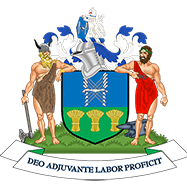
Victoria Quays, Sheffield City Centre
Sheffield History replied to Sheffield History's topic in Sheffield History Chat
Victoria Quays (formerly Sheffield Canal Basin) is a large canal basin in Sheffield, England. It was constructed 1816–1819 as the terminus of the Sheffield Canal (now part of the Sheffield and South Yorkshire Navigation) and includes the former coal yards of the Manchester, Sheffield and Lincolnshire Railway. The basin ceased operation as a cargo port in 1970 and the site and buildings were largely neglected. A restoration and redevelopment of 1992–1994 reopened the site providing new office and business space and leisure facilities as well as berths for leisure canal boats. There are a number of Grade II listed buildings on the site. These include the original Terminal Warehouse of 1819, the Straddle Warehouse (1895–1898), a grain warehouse (c. 1860), and a curved terrace of coal merchant's offices (c. 1870). -
I wasn't born till the 50s, but my Mum told me how bad it was. Living in a Cottage just outside the village, they woke up to find snow half way up the kitchen window. When they opened the door, they couldn't see where the garden hut, hedgerow or wall was. They had to dig themselves out, finding where the steps were down to the path, they made a channel up the lane to the main road, hoping to get to the local shop for supplies. Thankfully a farmer had been and ploughed it. She said it took about 3 hours in total, they were wet and exhausted by the time they got back home. My older cousin, walked with his Mum and Dad down their steep hill, accross the valley and up another steep hill to Gt Aunt's, where they put a full sack of coal on his sledge, then pulled it all the way back, which was hard work up the steep hill. He said being a child, he remembers he wasn't very happy as he couldn't sledge. I've seen a photo of the top lane above our village, where the snow was up to the telephone wires.
-

The Sheffield area was once a tropical swamp forest!
Paul Worrall replied to John Russell's topic in Sheffield History Chat
This is a wonderful link. I'm a great fan of the 'Coal Measures' - Westhapian Rock. However, shouldn't we have a separate link? Perhaps, Sheffield Rocks? There is so much to look at and discuss. Cheers, Wazzie.... -

The Sheffield area was once a tropical swamp forest!
lysandernovo replied to John Russell's topic in Sheffield History Chat
In the days when we used coal to heat our homes many a young fossil hunter would find examples of fossilised tree leaves and ferns in the household coal....that's how I started a life time interest in geology...passed onto my son who became a geologist! -

The Sheffield area was once a tropical swamp forest!
lysandernovo replied to John Russell's topic in Sheffield History Chat
That's why we have coal measures. High Hazels Park used to have several fossilised trees on display...all had been dug up out of local mines. -
Just back from one of my regular walks in the General Cemetery where I unexpectedly found the grave of Charles Ross. I'm interested in him as his name appears all over Sheffield's pavements. The firm made coal hole covers, tramway features, and more. Strangely I've found only one drain cover of his (just off Thompson Road at the bottom of the Botanical Gardens) which is in the c.1900-10 style.
-

Old Abandoned Sheffield Factory
lysandernovo replied to Sheffield History's topic in Sheffield History Chat
It's a refractory brick factory ( Dysons Refractories) in Stannington/ Loxley valley using the locally plentiful supply of fire clay and coal to manufacture special heat resisting bricks for the steel industry! Production ceased in 2012. -
Was William also a coal dealer? Simpson William, cowkeeper and coal dealer, New George Street. From White's directory, published 1862.
-
Does anybody have information or photos on 'Fountain Villa' Pitsmoor Road. My 4x great-uncle was John Tomlinson of Joseph Tomlinson & Sons Ltd. and he died at the house in 1903 after suffering from a stroke at 52 years old. It contained an entrance hall, dining room, drawing room and a breakfast room, a kitchen, two cellars, five bedrooms, fitted bathroom and w.c. The grounds contained a greenhouse, stable, tool house, wash-house, coal house, fountain and outbuildings. I found out that it is now a Post Office but any other information would be great. Thanks
-

Neepsend Train Station
neddy replied to Sheffield History's topic in Sheffield Buses, Trams and Trains
In the first pic you can see the railway bridge across Parkwood Road to the coal drops on Hoyland Road. -

Wadsley Bridge mystery location
History dude replied to Sheffield History's topic in Sheffield History Chat
Is that bloke up near the top end of the street collecting horse muck, that can also be seen in the street? Or is it a coal dump? By the way that's one of the dirtiest roads I have seen on one of these old photos.

